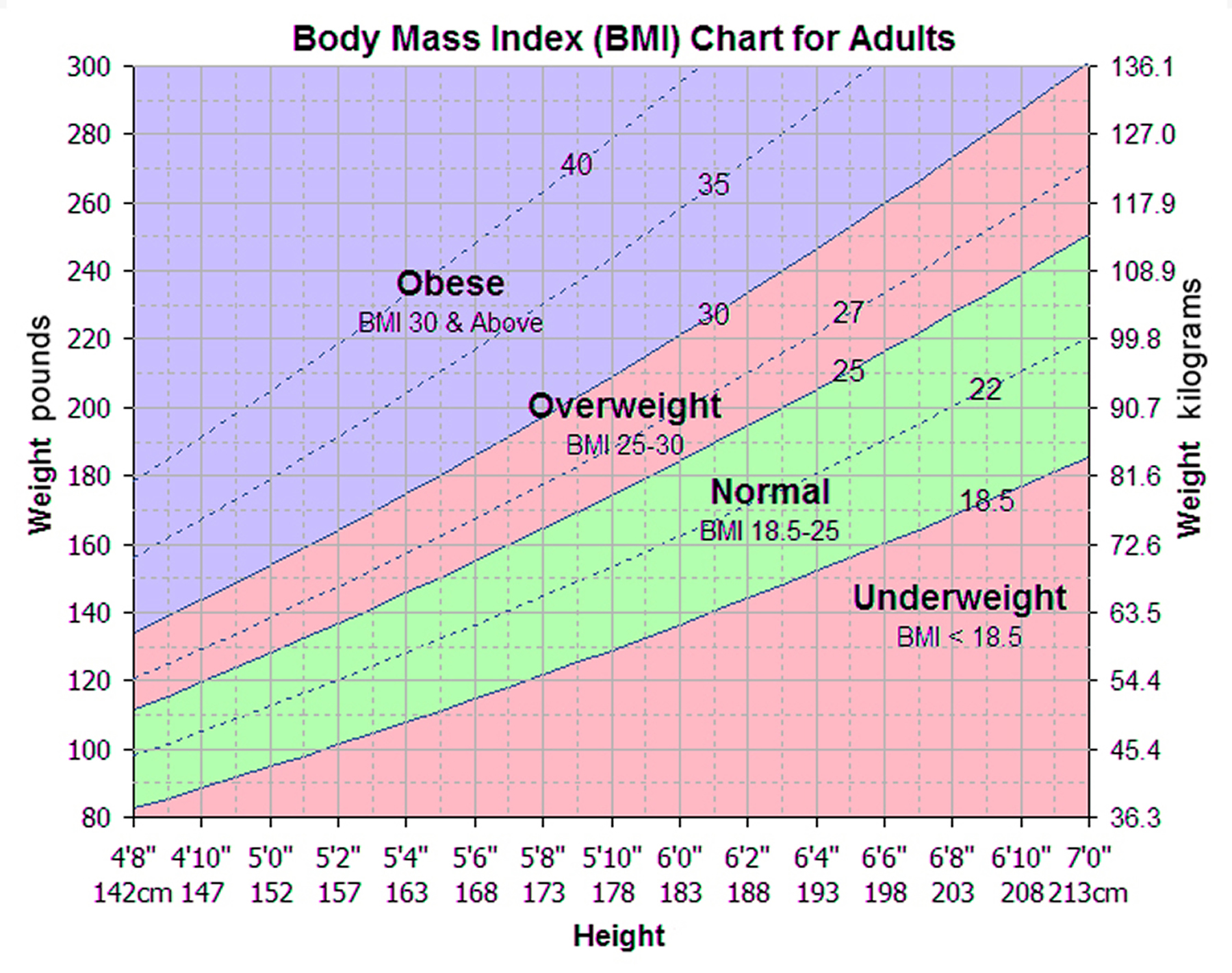

“A high waist-to-hip ratio most likely means high amounts of abdominal fat, and we know this comes with quite serious health risks.” Should I bother calculating my BMI? “If I had to choose between making sure my BMI or my waist-to-hip ratio are within the ‘normal’ range, I would go for the latter,” says the University of Sydney’s Associate Professor Emmanuel Stamatakis, who co-led the study. A 2017 study proved that point, finding that people who carry weight around their middle but have healthy BMIs are at the highest risk of death from any cause, compared to people with higher BMIs who carry the weight elsewhere. One explanation is that BMI doesn’t reflect where body fat is stored, and it’s possible to have a healthy BMI, while carrying too much fat around your waist, a location that poses more of a health risk than weight carried on your hips and thighs. In fact, research shows that one in three people who have healthy BMIs are relatively unhealthy once other test results, such as blood pressure, blood glucose and cholesterol are taken into account. Plus, a healthy BMI doesn’t always correlate with good health. It doesn’t distinguish between fat and muscle, so people who have a large muscle mass will often have a high BMI, even though their body fat is in the healthy range. Research has made the connection between having a higher BMI and an increased risk of a number of diseases, including heart disease, type 2 diabetes, osteoarthritis and certain types of cancer including breast cancer. Please seek further advice from your GP.The same BMI measurements apply to both genders as the same risks of developing weight-related illness applies to both women and men. If you're suffering from an eating disorder, the BMI calculator results do not apply. Your can use your BMI result as a starting point for further discussion with your GP about your weight and your general health.įind out more in How your GP can help and check out the Change4Life website for practical tips on staying healthy as a family. However, the BMI is a relatively straightforward and convenient method of assessing someone's weight. adults who lose muscle as they get older may fall in the "healthy weight" range even though they may be carrying excess fat.very muscular adults and athletes may be classed "overweight" or "obese" even though their body fat is low.

The adult BMI does not take into account age, gender or muscle mass. The BMI can't tell the difference between excess fat, muscle, or bone. Your BMI can tell you if you're carrying too much weight but it can't tell if you're carrying too much fat. If you're concerned about your child's weight, contact your GP who may be able to refer you to your local healthy lifestyle programme for children, young people and families. Measuring waist size is not routinely advised for children because it doesn't take their height into account. For example, a girl on the 75th centile is heavier than 75 out of 100 other girls her age. Find out more in very overweight childrenĪ child's BMI is expressed as a "centile" to show how their BMI compares to children who took part in national surveys. If you're concerned about your child's weight, see your GP.
#BMI CALCULATOR FOR ADULTS HOW TO#
Get tips on how to encourage your child to be more active and eat well


 0 kommentar(er)
0 kommentar(er)
